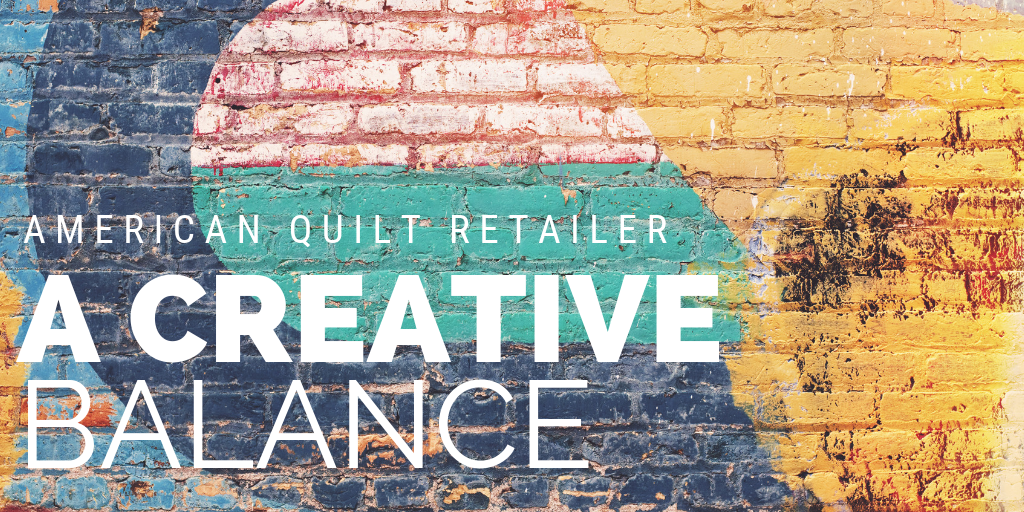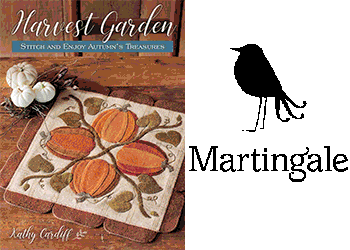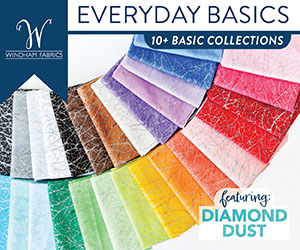
 You put in all the time and effort to create an online store, but now what?
You put in all the time and effort to create an online store, but now what?
The next logical step is to get customers to use it. Like anything new, that’s not easy to do. Check out these steps to help drive consumers to your website.
- Pay for it. I know, those three words were probably what you were trying to avoid, but you have to spend money to make money. Google AdWords is the best way to see your money well spent, and making this move will almost guarantee increased traffic to your website. Plus, the only time you have to pay for your advertisement is when someone clicks on it.
- Quality content, across multiple platforms. We’ll talk about what platforms are the best to use next, but first we’ll go over what we mean by quality content. Think about the last time you searched a restaurant online and thought, “Wow, I’d eat there!” Note that the images you viewed were the images the business put out. Think about that every time you’re thinking of what you want to post.
- Now we’ll cover what platforms you should promote your business on. Since you’re promoting your online store, you should promote your business online. The first way is through the medium you’re reading this—a blog. If you don’t plan on being consistent about posting, then you’re better off sending an email blast to your base.
- After you’ve posted some initial information about your new website, then you can start having guest bloggers, or an Instagram takeover, to get to people you wouldn’t otherwise have access to. A local celebrity will likely have a different following and reach even further than you could on your own.
- Lastly (dare I say it) you need to make videos. I’m sure you’ve figured out that having an online store isn’t all easy, and now you can add video as one of the reasons. However, video is the king of what people want to see.
Stay posted about what you can do to get people to come to your online store. The industry is always changing and we’re here to help each other’s businesses in any way we can.
If you’re looking for more information to guide you in owning a retail business, subscribe to American Quilt Retailer today. Already a subscriber? No worries—join our Facebook group for insights and dialogue from industry specialists like you.























 Quilts, Inc. is offering a new conference at Quilt Market 2019 titled Threads of Success.
Quilts, Inc. is offering a new conference at Quilt Market 2019 titled Threads of Success.








